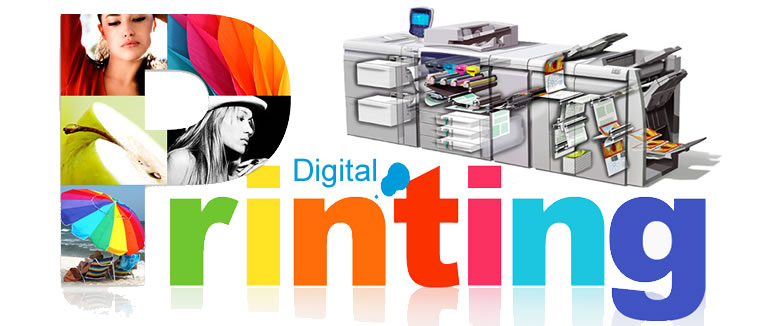The Ultimate Guide To Digital Printing
The Ultimate Guide To Digital Printing
Blog Article
What Does Digital Printing Mean?
Table of ContentsDigital Printing Fundamentals Explained4 Simple Techniques For Digital PrintingEverything about Digital PrintingThe 4-Minute Rule for Digital PrintingThe 7-Second Trick For Digital PrintingAn Unbiased View of Digital PrintingSome Known Details About Digital Printing The Single Strategy To Use For Digital Printing
Personalization also allows services to stand apart in a jampacked market by producing unique advertising and marketing products that separate them from their competitors. One of the major advantages of electronic printing is the capability to publish variable information. Each printed piece can be special, allowing services to create customized advertising products that talk directly to their target market.Digital printing additionally permits for customization in the layout of advertising and marketing materials (Digital Printing). With electronic printing, companies can develop styles that are unique and customized to their details demands.
Not known Facts About Digital Printing
By publishing smaller quantities of marketing products, services can minimize waste and stay clear of the demand for excess supply. Digital printing is likewise functional.
By utilizing different products and styles, businesses can produce distinct marketing products that stand apart from their rivals and stand out from their target audience. Digital printing additionally provides consistency. With conventional printing approaches, there is frequently variation between prints because of differences in ink protection, pressure, and various other aspects.
This consistency can help construct customer depend on and integrity, showing that the business is committed to supplying premium materials. Uniformity is particularly crucial for businesses that wish to construct customer count on and reliability. By ensuring that every print is regular, services can show that they are devoted to offering high-grade materials and taking note of the details.
Some Known Questions About Digital Printing.

Furthermore, electronic printing creates much less waste due to the fact that it can print as needed and in smaller sized quantities, reducing the need for excess inventory and materials. Digital printing also uses less power compared to conventional printing techniques. Digital printers do not need as much power to operate, as they do not need to heat up as much or make use of as much power to run.
Some Ideas on Digital Printing You Need To Know

Balanced out printing requires a plate for each color published. Standard offset printing is a print approach that uses aluminum plates to transfer ink onto a rubber sheet (commonly referred to as a "covering").
The Of Digital Printing
Balanced out printing enables for a wide range of print products to be used throughout manufacturing. The top notch images generated with offset printing make it the favored technique, specifically amongst graphic designers, when looking for the greatest shade recreation, information, and professional-looking prints.
The fundamental printing technique stays balanced out. For digital inkjet printing, ink is moved straight onto the surface. As opposed to depending on light weight aluminum plates and rubber coverings to move a picture, digital printing utilizes liquid ink during manufacturing. Typical home inkjet printers are among the most typical electronic printing techniques.
More About Digital Printing
Since offset printing can mix custom color inks for each work, it will naturally get the colors spot-on. Count on countered printing for clean, distinctive types and images without touches or spots.
It sets you back a whole lot to start a countered work. You need to spend money right into developing home plates, which requires time. However, once you've invested it, every one of the materials are all set to go, and you'll spend less on huge balanced out work More Bonuses than a digital print, which is regarding the very same per item despite exactly how big the job gets.
Digital printing is less expensive for low-volume tasks. The cost per system drops for electronic printing, so at some factor, they crisscross. Transforming details within a single print this link task.
What Does Digital Printing Do?
While digital printing or inkjet printing is the recommended option in the present times, there are compelling factors to transform from offset to digital printing systems. When printing balanced out or electronically, important choices and processes are included in color matching.
Industrial inkjet printing offers flexibility for printing on several different substratums. Digital printing is suitable for customers that do not need longer runs and warehousing products.

One benefit of digital printing is choosing from a large array of digital substratums. With electronic printing, the cost of the substrate in the general job is small.
All about Digital Printing
drop-on-demand is the 2nd printing innovation to take into consideration. Constant inkjet systems call for substantial additional resources maintenance, more operator training, and higher downtime. Nonetheless, devices prices in inkjet printing are much less than offset printing as there are no plate-making, plates, and press expenses. Beyond the capital expenditure, the prepress equipment and printing machine require highly knowledgeable operators in countered printing, which includes labor prices.
Report this page